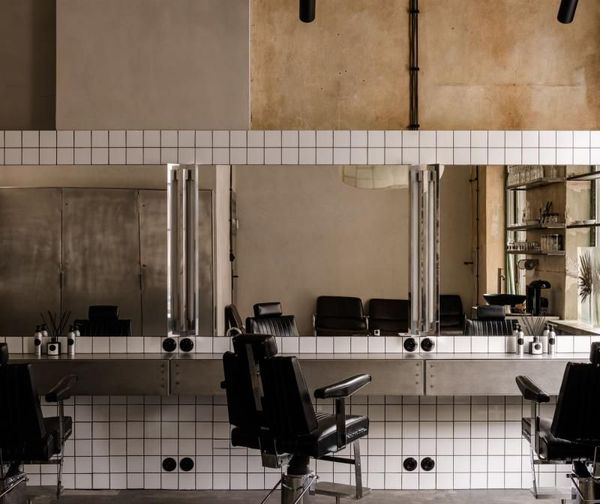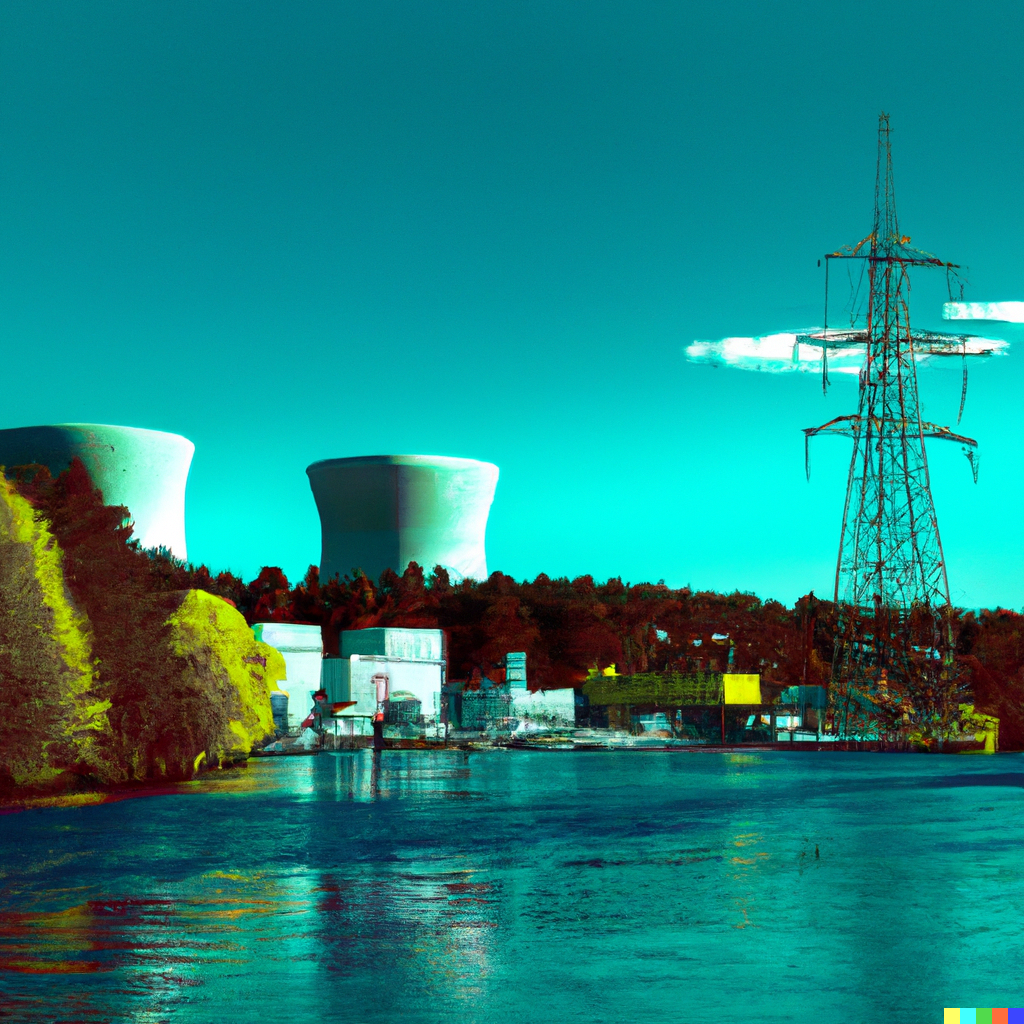Poland would replace its current, not sustainable energy system predominantly with renewable and nuclear energy, and they plan to achieve this target by around 2040. Poland’s Ministry of Climate and Environment plans to have 51% of the country’s energy needs from renewable sources and 23% from nuclear power plants in roughly a decade and a half. Still, the road ahead of them is a long one.
The Polish energy sector is far from being environmentally sustainable: The Central European country is actually that ungreen that it was ranked last in the European Union’s Green Index, which assesses the state of the environment, the impact on quality of life, and the green efforts of decision-makers, citizens, and businesses. Poland scored very low (34) on the 100-point scale; one of the reasons for the bad performance is that as Europe’s largest coal producer, around 70% of Poland’s energy comes from coal, while energy from renewable sources is still below 20%. While the push for diversification is partly due to environmental protection and the EU’s green efforts, Warsaw would also like to get rid of Russian coal imports: The Russian invasion of Ukraine led to severe problems in the Polish energy system as imports from Russia have been suspended due to sanctions.
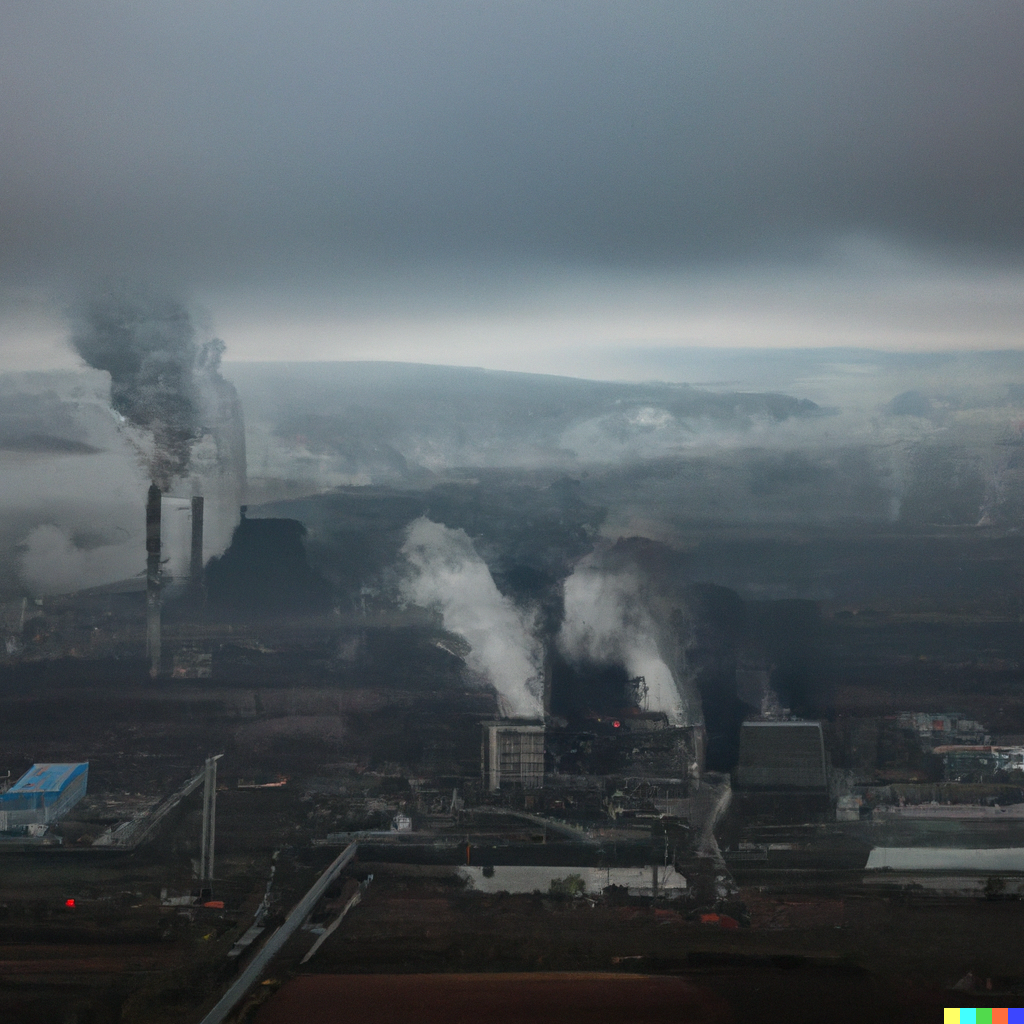
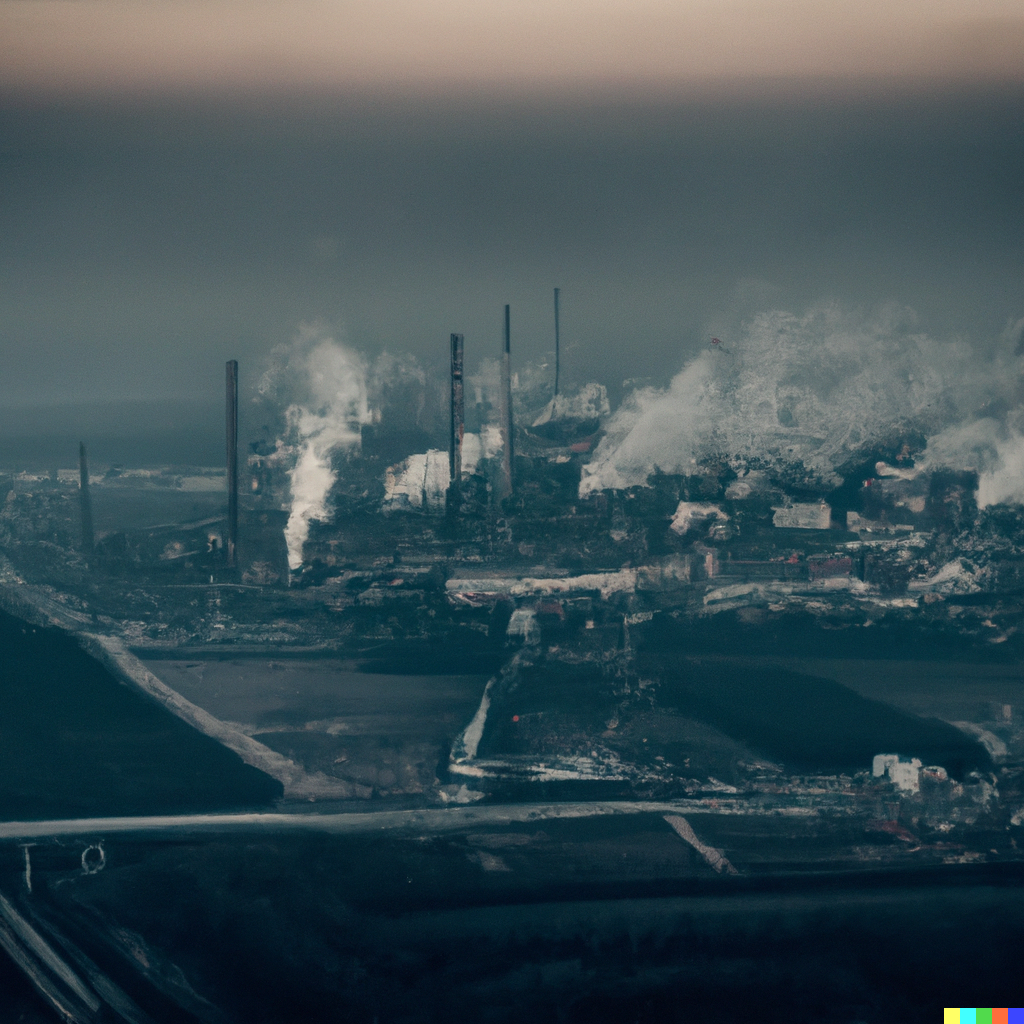
Poland is taking major steps in its energy sector to meet EU requirements and reduce its dependence on Russian imports: In the first days of April, the Ministry of Climate and Environment announced a new strategy, PEP2040, which aims to cover around 74% of the country’s energy needs from nuclear and renewable sources by 2040. The share of renewable energy sources is planned to be significantly increased already by 2030, with a target of 47%.
Poland turned to the United States and South Korea to increase the availability of nuclear energy sources and reach the 23% target by 2040. In October 2022, Polish Prime Minister Mateusz Morawiecki announced the decision after talks with Kamala Harris, Vice President of the United States, and Jennifer Granholm, US Secretary of Energy, that Poland’s Polskie Elektrownie Jądrowe will develop its first nuclear power plant in partnership with the American Westinghouse.

Meanwhile, other projects are also started progressing: Westinghouse will start the construction in northern Poland, and their plant is planned to start operation in 2033. Furthermore, South Korea’s Korea Hydro & Nuclear Power also starts to collaborate with Warsaw. And Polish Prime Minister Mateusz Morawiecki even announced the intention to build a third nuclear power plant in addition to the government’s 2020 nuclear power program, which calls to build two plants with three reactors each by 2043 in Poland.
At the same time, two US government agencies also signed up to a plan to provide $4 billion in US funding for the construction of small modular reactors (SMRs) in Poland, to be jointly developed by GE Hitachi Nuclear Energy and Poland’s Orlen Oil Concern (PKN Orlen). The small modular reactors will debut in Poland as they are based on technology not yet in practical use anywhere in the world. The Export-Import Bank of the United States and the United States International Development Finance Corporation signed a letter of intent for the financing in Warsaw on 17 April. „Poland needs new energy solutions to protect itself from Russian influence, meet climate commitments, and drive economic development,” said US Ambassador to Poland Mark Brzezinski, adding that the US will always support its allies.


Daniel Obajtek, Executive Chairperson of PKN Orlen, announced that twenty potential sites for the construction of small modular reactors would be presented by the end of the year. The first SMR construction is planned to be finished in late 2028 or early 2029. Obajtek said that they project to build 76 SMRs by 2038 in 26 different locations, meaning the most significant energy investment not only for Poland but for the whole of Europe. PM Mateusz Morawiecki added that each new nuclear power plant would save between €100 million and €200 million a year in carbon dioxide emissions costs for Poland. „Today, coal-fired power provides us with security, but because of the climate policy of the EU, which we are in and which we want to be in, burning coal will become more and more expensive,” the prime minister explained.
PKN Orlen is not the only Polish company planning to build small modular reactors: The state-owned KGHM corporation negotiated with Romania already in September 2022 to cooperate as SMR operating states in the future. At that time, the Romanian nuclear energy company Nuclearelectrica and Polish KGHM signed a memorandum of understanding under which both parties would build small modular reactors for energy security and decarbonization purposes, with mutual assistance in the process. According to the agreement, Romania and Poland will share their knowledge and expertise in the technical, economic, legal, financial, and organizational aspects of SMR construction in the coming years. „The introduction of innovative nuclear energy technology based on small modules is a watershed event for the Polish economy. This cooperation with an experienced partner from Romania provides substantial support to the venture,” said Head of KGHM Marcin Chludziński.
Small modular reactors have many advantages compared to large nuclear power plants: they are cheaper, have fewer security risks, and can be built much faster than their conventional counterparts.
Graphics by Ai / Hype&Hyper

The A38 concert ship of Budapest revamped with Morse code
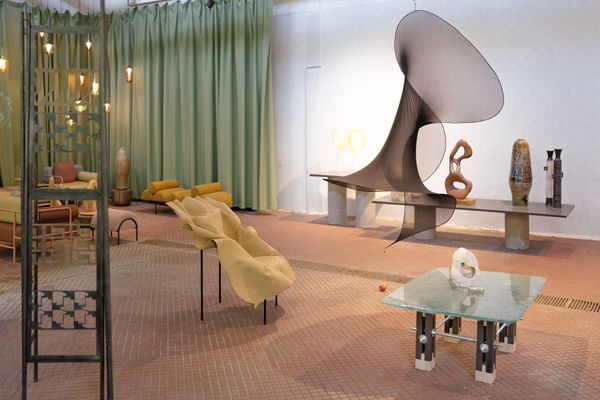
Hungarian designers presented their work in Milan to over 100,000 spectators
